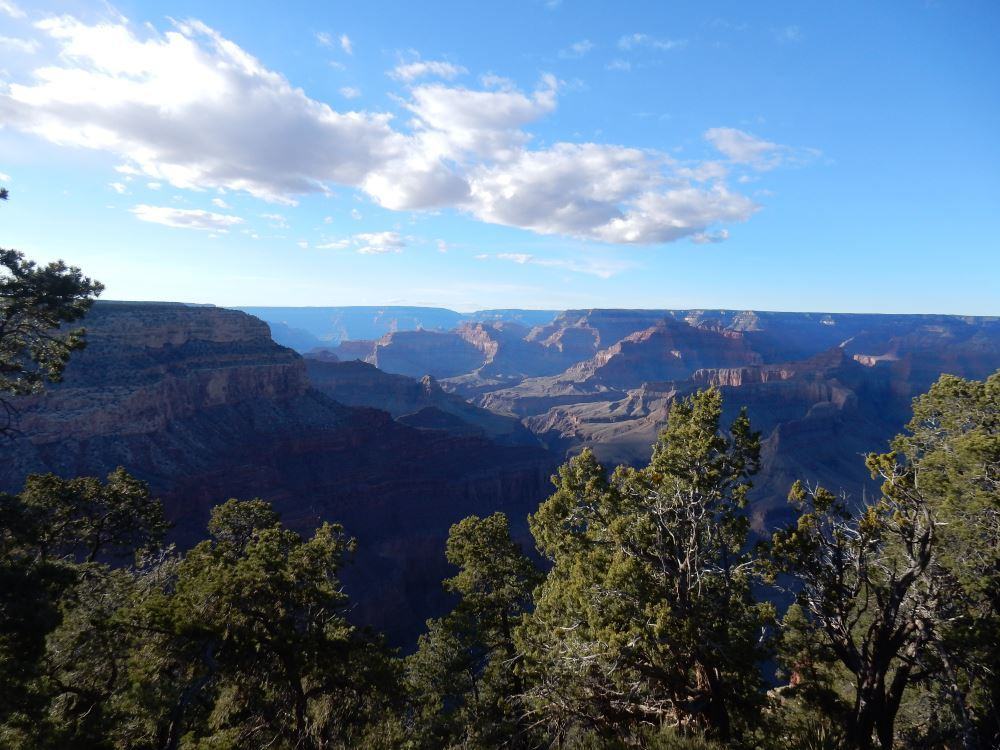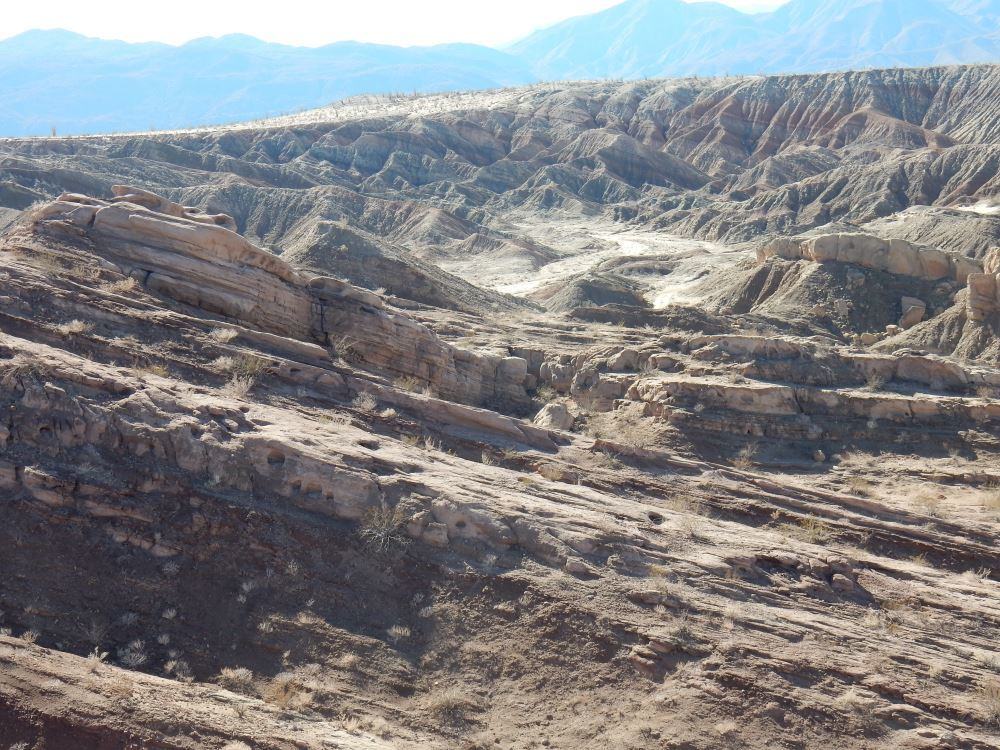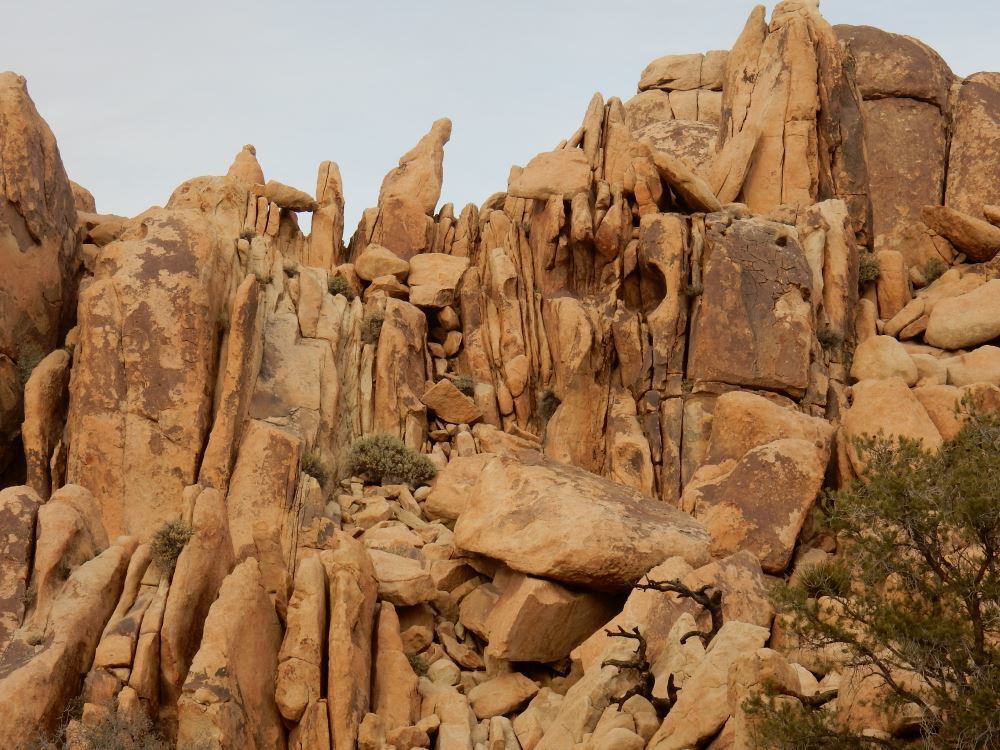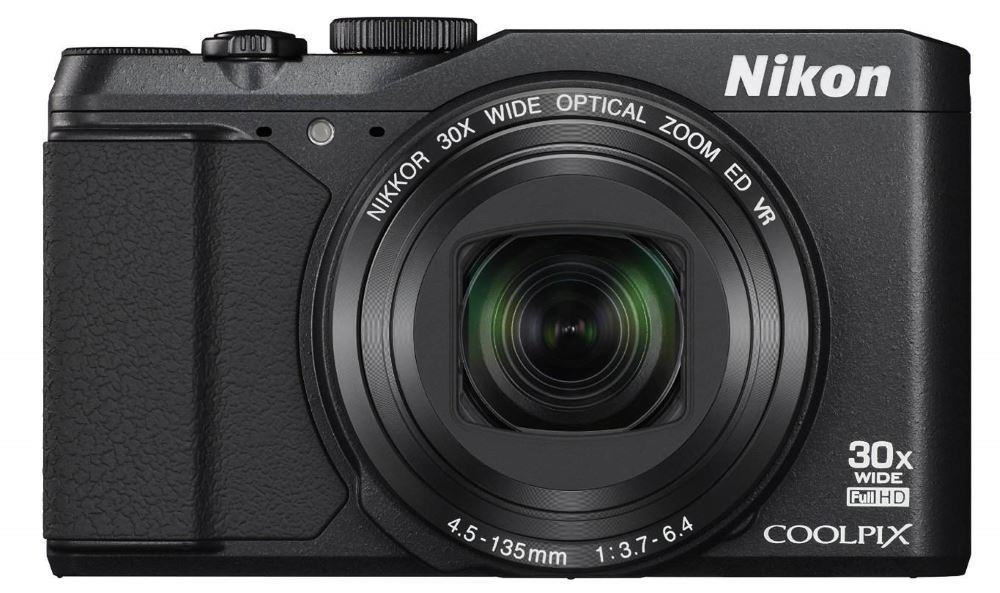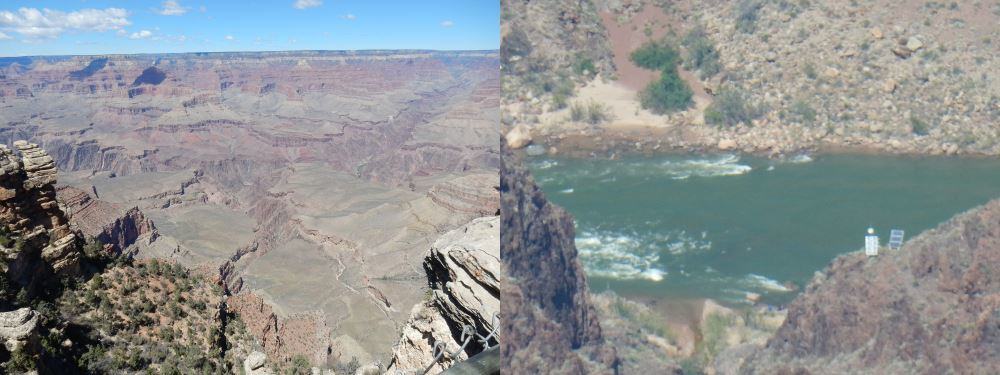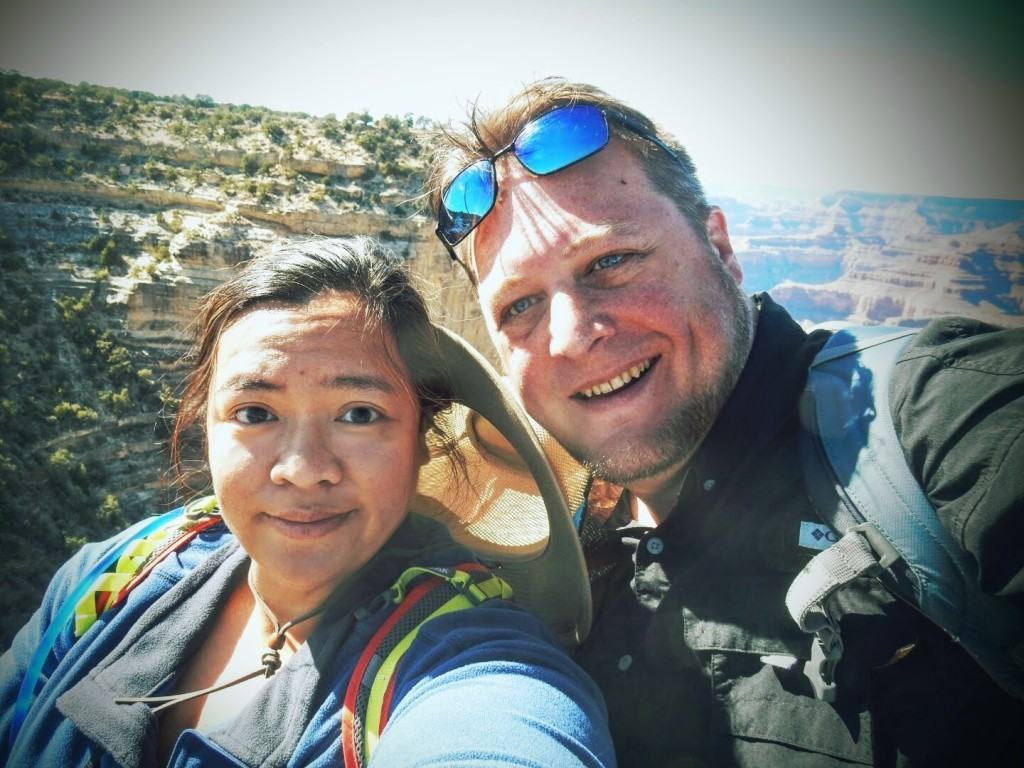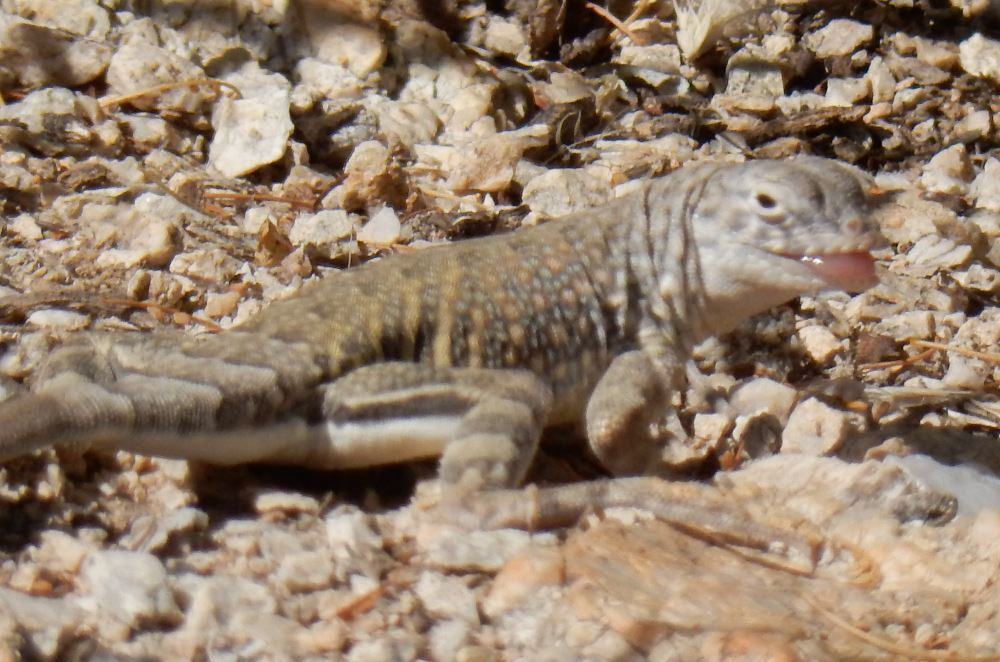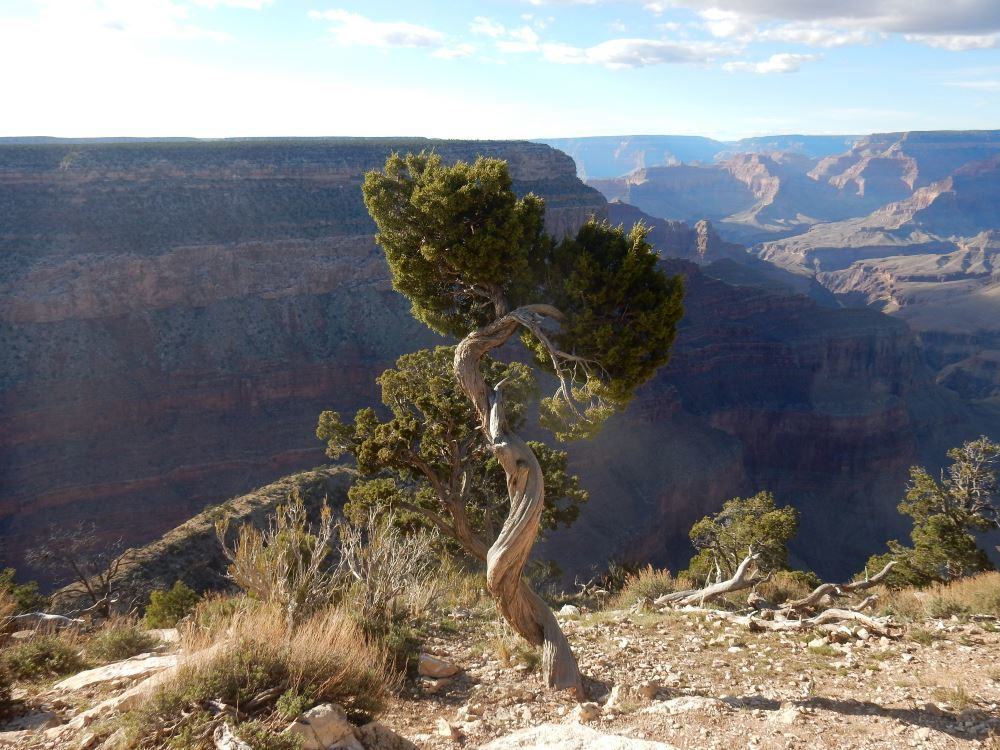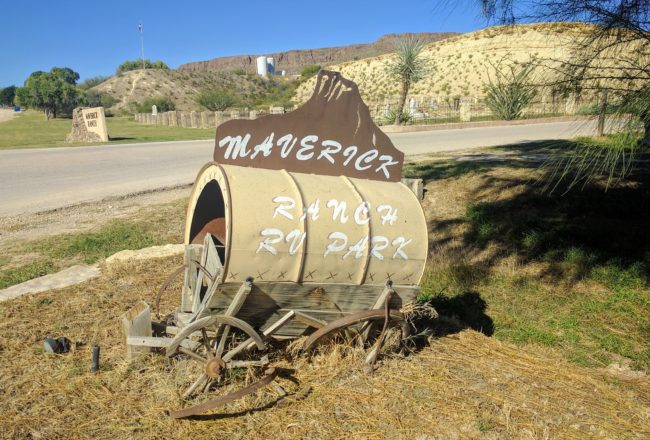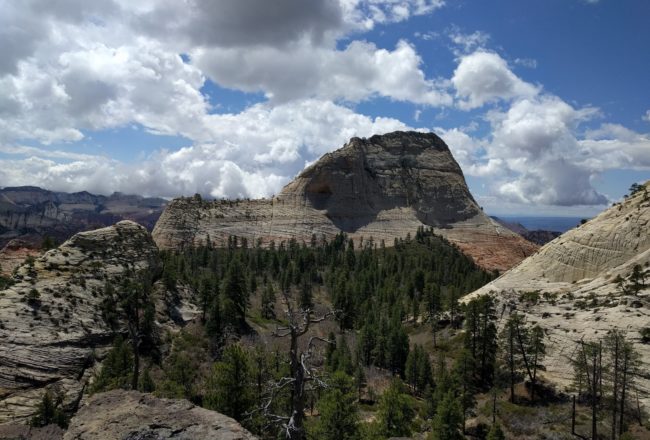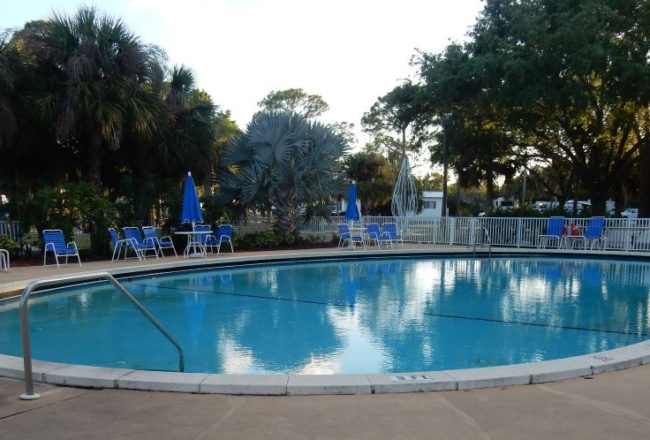Before we set out on our journey I decided I should buy a camera. It was the first camera I’ve every purchased for myself. I decided I’d need it for our blog and to take the occasional video since we are in an age of personal videography, or more to the point, have been for some time. I would not say I engage in photography. To me, that implies you have some technical skill and knowledge you apply to using your camera. I just take pictures. I have my camera more or less permanently set to auto focus, and about the only control I use is the zoom. That said, modern camera technology can do wonders and I think some of the photos I take are pretty cool.
BTW: All pictures in this post are ones I took with my camera, though they get scaled down a lot for the blog.
I think there is a fine line to walk when it comes to combining travel with taking pictures. The only potential downside is that you can become engrossed in the act of taking pictures and as a result have less of a present feeling of immersion in the place you are and how you feel about it. Tools tend to focus your attention in a specific direction: with a hammer, everything looks like a nail. The camera is a visual tool and holding it tends to focus you on visual things, often only those you can capture with the camera. And there is also all the posing that can go on. People gathering up and putting on faces while someone fumbles with the camera and passers-by queue up to avoid ruining the shot. Especially when the aesthetic is for everyone to look proper, smile, be normal, and pose in front of the famous whatever it is.
There are, however, many more upsides some of which are obvious and some I had to discover for myself. In the obvious category are capturing images for use in our blog, recording images to share with others, and recording images to view later and spark memories. Less obvious to me were a host of other benefits. For starters, it gives me satisfaction to record plants and animals I see, kind of like playing Pokemon. Related to this is the ability to zoom in on distant objects, especially animals so I can get a closer look. The zoom is easily as effective as a pair of binoculars and the camera is much smaller. Finally, a flip side of the tool problem, having the camera makes you pay a bit closer attention to things you are looking at, searching for a perfect shot or perspective makes you explore and scrutinize your environment in new and interesting ways.
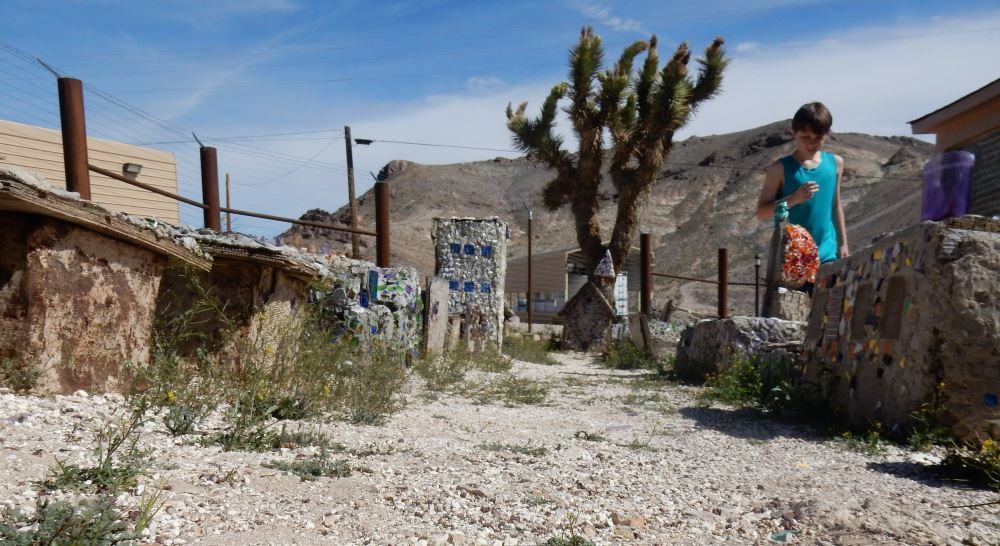
The camera can give you new perspectives. Here it sits in a model village made of bottle glass and stucco.
In choosing my camera I had a number of criteria. I wanted it to be fairly small, small enough to fit in a pocket and be unobtrusive. I needed to be fairly easy to use because I’m a rank amateur. It needed to shoot web quality video. It needed to be able to zoom or do wide angle shots. It needed to a mounting screw for a tripod or the like so I could shoot steady video. I also wanted something I could control remotely. I hit up my local Best Buy and asked the folks in the camera area what would best fit my criteria and budget.
They pointed out a few choices and of them, I best liked the Nikon Coolpix S9900. Most of them were small, had an auto/easy mode, shot video, and had a zoom, and a mounting socket. The Coolpix had a leg up in that it’s view screen can swivel out at various angles and directions. This means it can be used to take a selfie, or get a high or low angle shot and you can still see the screen straight on. Since I like taking pictures of tiny things on the ground, that sounded perfect for me. The zoom was also impressive. It has an extending optical lens that can zoom in, plus a 30x digital zoom feature. Together you can pick out some tiny birds on distant branches in good detail. I even use it like binoculars to look at distant objects. The only trick to this, is like target shooting, holding the camera still while you push the trigger takes some practice. Zoomed in all the way, a tiny nudge can take your subject completely out of frame.
Trail has a much fancier camera, much more of a hobbyists digital camera and she has read up on all its features and engages in what I’d call real photography. That said, it’s big, and it has large lenses specialized for close up or wide angle shots. Unless she wants to carry all her gear while hiking and swap lenses, she has to choose a lens and give up the ability to do close-ups or wide-angle shots. That’s where the Coolpix comes in very handy, it is always ready for either task, not quite as good as hers of course, but good enough most of the time. Happily our memory cards for both cameras are interchangeable which has also come in handy more than once.
There are a couple downsides to the Coolpix. Foremost is that it does not have an optical viewfinder. When the sun is really bright the video screen can be a little hard to see, and that means it’s hard to tell if you have your subject in focus. I found the best solution to this is to wear a nice brimmed hat. Then you can jam the camera up in your face and get some shade on the screen. When shooting video I discovered the autofocus motor makes a noise that is picked up by the microphone creating some havoc on the audio track. I think I’ll have to turn off autofocus for video which makes shooting a bit more challenging.
All in all, I think it’s a great camera, perfect for an all-around travel companion ready to capture whatever you find in your adventures. I keep it in a little belt pouch called a LowePro, that both cushions it and keeps it in easy reach both sitting and standing. It was pretty cheap and has served me very well.
